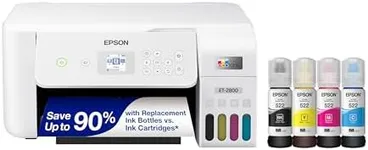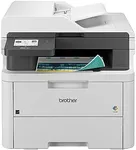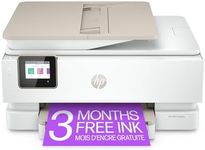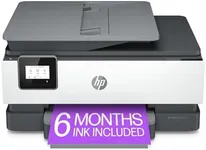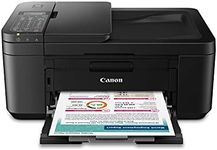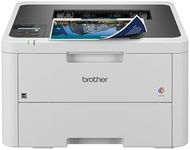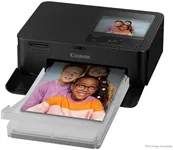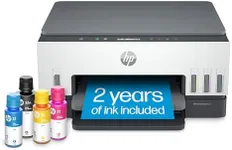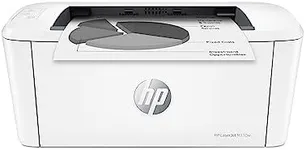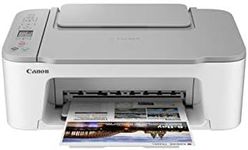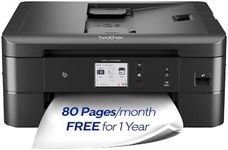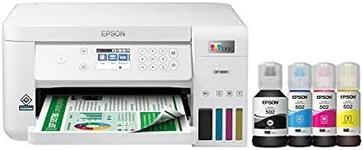Buying Guide for the Best At Home Printer
Choosing an at-home printer can feel overwhelming with so many options available, but focusing on your actual needs will help you find the best fit. Think about what you print most often—documents, photos, or both—and how frequently you print. Consider whether you need extra features like scanning or wireless printing. By understanding the key specifications, you can confidently select a printer that matches your daily tasks and avoids unnecessary extras.Printer Type (Inkjet vs. Laser)The type of printer refers to the technology it uses to print. Inkjet printers use liquid ink and are great for printing photos and color documents, while laser printers use toner powder and are better for fast, high-volume text printing. If you mostly print photos or color pages occasionally, an inkjet is usually the way to go. If you print lots of black-and-white documents, a laser printer is more efficient and cost-effective. Think about your main printing tasks to decide which type suits you best.
Print Quality (DPI)DPI stands for dots per inch and measures how sharp and detailed your prints will be. Higher DPI means better quality, especially for photos and graphics. For basic text documents, a lower DPI (around 600 x 600) is usually enough. For photo printing or detailed images, look for higher DPI (1200 x 1200 or more). Choose a printer with a DPI that matches the kind of printing you do most often.
Print Speed (PPM)Print speed is measured in pages per minute (PPM) and tells you how quickly a printer can produce pages. If you print large documents often, a higher PPM will save you time. For occasional or light use, speed may not be as important. Consider how much you print at once—if you often print long reports, a faster printer is helpful, but for occasional use, a slower printer is usually fine.
Connectivity OptionsConnectivity refers to how you connect your printer to your devices. Common options include USB, Wi-Fi, Bluetooth, and sometimes Ethernet. Wireless options like Wi-Fi and Bluetooth let you print from multiple devices, including phones and tablets, without plugging in. If you want to print from anywhere in your home or from mobile devices, look for a printer with strong wireless features. If you only print from one computer, USB might be enough.
All-in-One Features (Print, Scan, Copy, Fax)Some printers can also scan, copy, and sometimes fax documents. These are called all-in-one or multifunction printers. If you need to scan or copy documents regularly, an all-in-one model is convenient. If you only need to print, a basic printer will be simpler and may take up less space. Think about whether you need these extra features for your home tasks.
Paper HandlingPaper handling covers the types and sizes of paper a printer can use, as well as how much paper it can hold at once. Some printers handle only standard letter-size paper, while others can print on envelopes, labels, or photo paper. The size of the input tray matters if you print a lot—larger trays mean less refilling. Consider what kinds of documents you print and how often you want to refill the paper.
Operating Costs (Ink/Toner Efficiency)Operating costs refer to how much you'll spend on ink or toner over time. Some printers use cartridges that run out quickly, while others are designed to be more efficient or use refillable tanks. If you print a lot, look for printers with high-yield cartridges or refillable systems to save money in the long run. If you print rarely, this may be less important, but it's still good to check how much replacement ink or toner costs.
